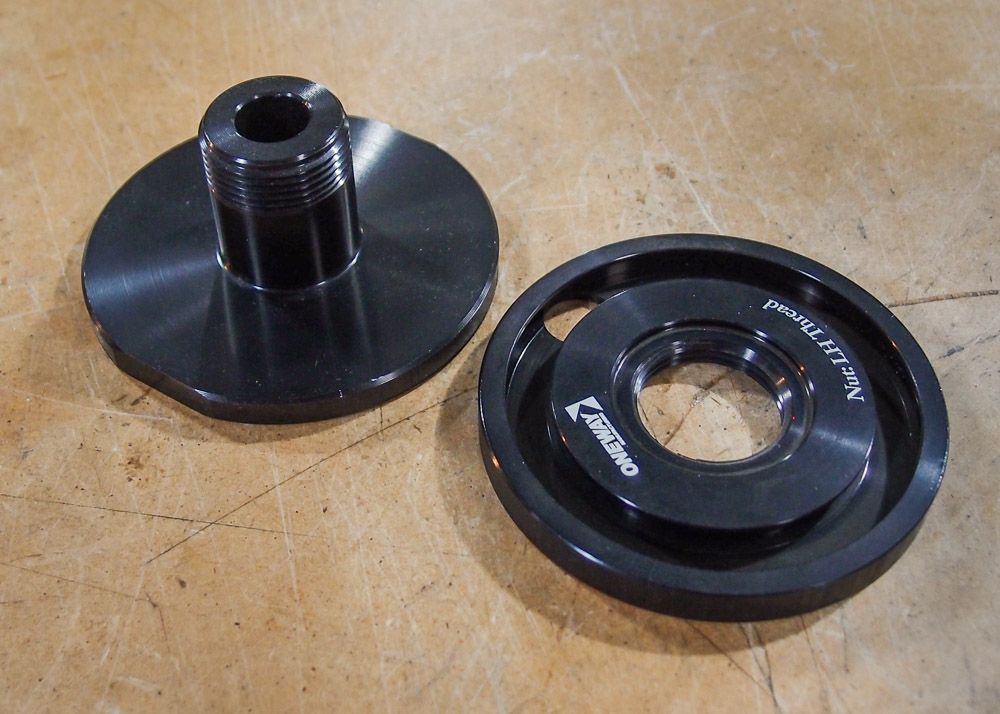There have been some questions about balancing grinding wheels and the resultant surface finish on blades. My Wissota skate sharpener vibrates very little and I get a very smooth finish on blades.
I am going to perform some experiments to see how static balancing of the wheel improves finish. I have an old pair of Gold Seal blades that will be the subject of this experiment. I plan to sharpen one blade with the current Wissota setup that I purchased a couple years ago, then make some changes and repeat on the other blade.
Wissota claims that their sharpening wheels are balanced. The question is to what degree are they balanced to pass their tests. Another question is how much production deviation exists among all their wheels. The superior blade finish now achieved by my current machine could be the result of luck. Perhaps the rigid machine geometry and mass of this machine absorb slight imbalances.
I purchased a Oneway Wolverine grinding wheel balancing system for $69, but the price went to $81 just days after I placed my order. I purchased one for a 1/2" arbor so that it would work with the Wissota's 1/2" arbor.
https://www.highlandwoodworking.com/onewaywolverinebalancingsystem.aspxThese are designed for bench grinders that have two grinding wheels, so the kit came with a ball-bearing balancing stand, two adjustable balance spools (a right-hand thread version, plus a left hand thread version), and a bag of balancing nuts and screws, washers, a pair of machined 1/2" thrust washers, and a wrench.
My first test was to determine how balanced my spare Wissota figure skate sharpening wheel was. I expected a little bit of imbalance in the static balance stand, and I was not disappointed.
The video of the wheel on the ball-bearing stand is nearly 5mb, so click at your own risk -
https://www.afterness.com/skating/images/wissota/balance/wissota_wheel_balance.m4vIt's not surprising that it has a heavy spot, but from the slow movement seeking equilibrium, it isn't bad. This is my spare wheel, not the unit in my sharpener, and it has not been dressed. Dressing will likely affect balance.
In addition to the balancing stand in the kit, the OneWay Wolverine system provides a means to balance wheels. Although made for larger bench grinder wheels, I believe that I can make this work for my Wissota wheels.

Continued next post...